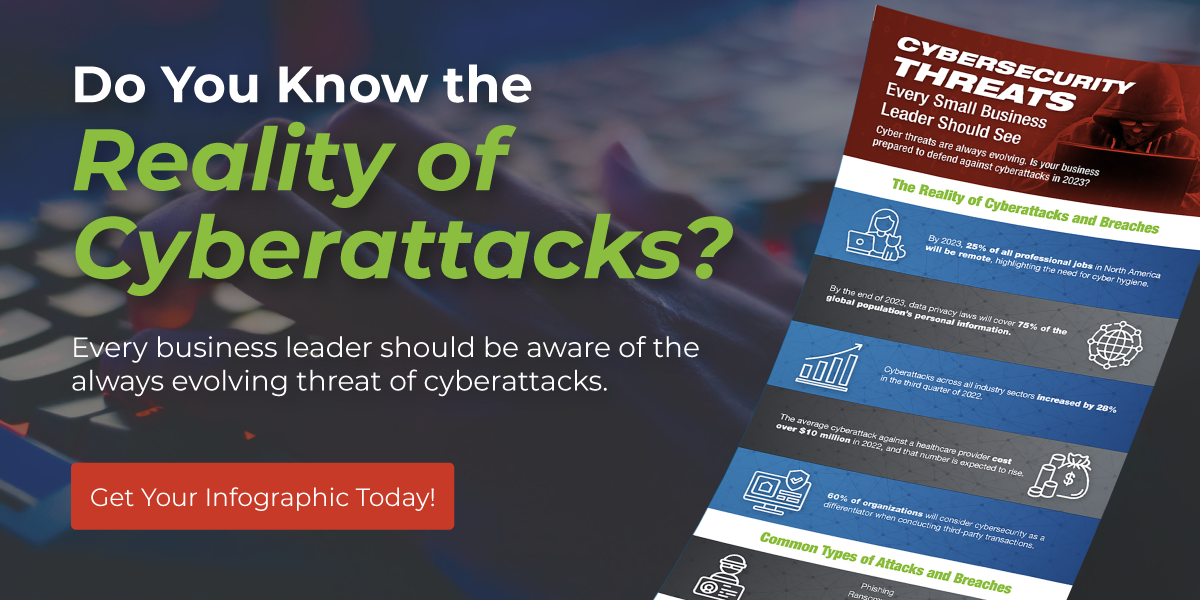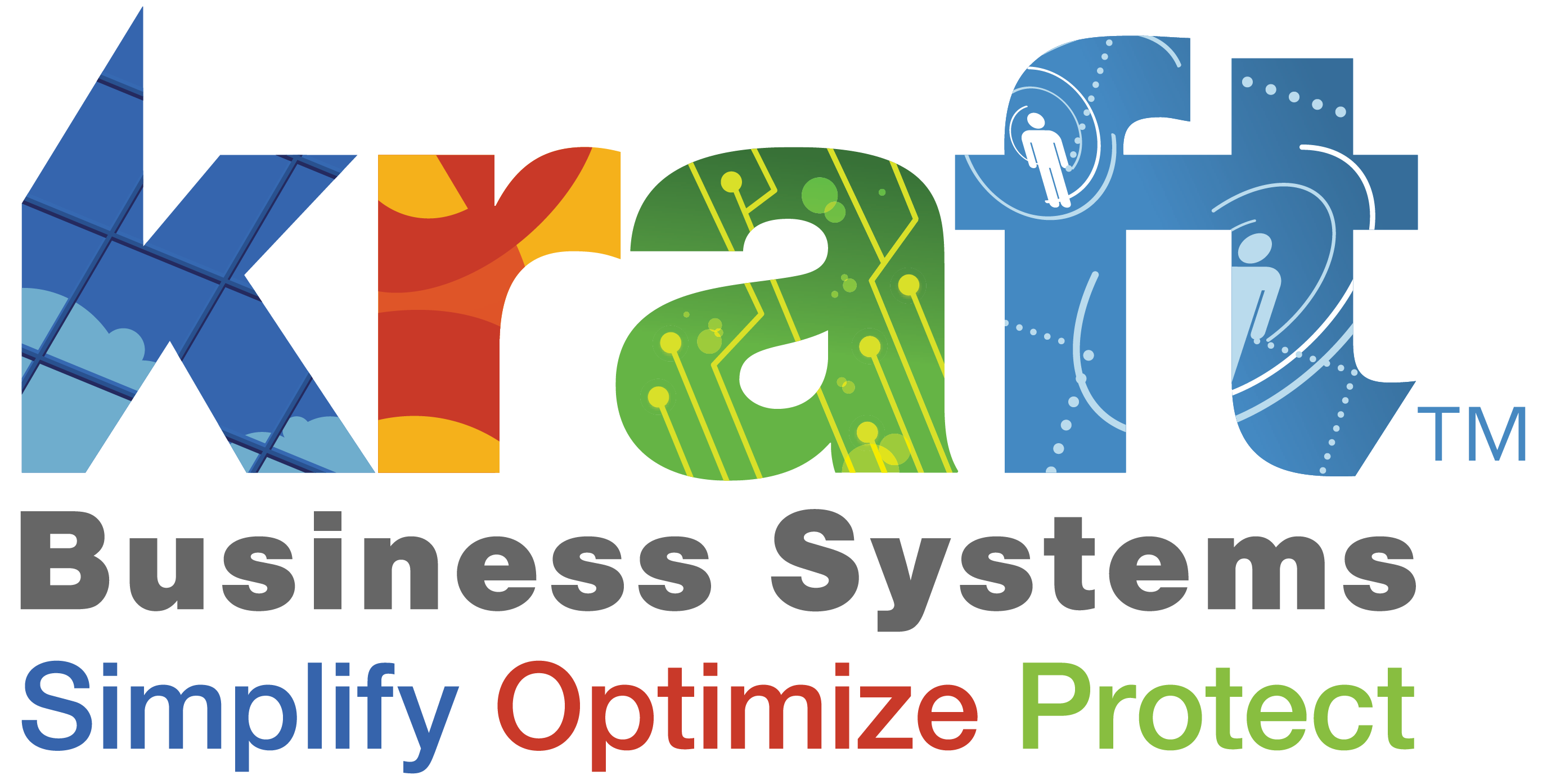Because they store critical information, databases are a core part of every organization and are valuable assets. However, if access to these databases gets into the wrong hands, a security breach will be detrimental to a company and its clients. This is why database security is important. Though the digital world has made life easier, it also raised the stakes for businesses. Here are some best practices to ensure database security:
Want to Learn More about Types of Cloud Computing?
What is Database Security?
Database security includes measures to secure and protect databases against threats by securing sensitive data from human error, hackers, inside attacks, malware, and physical damage.
Failure to prevent data breaches is potentially crippling for businesses. It can lead to:
- Damage to business reputation
- Data theft
- Lost revenue
- Repair costs
- Violation of customer’s data
Database Security Best Practices
Here are some best practices you can use to improve database security:
1. Hardening
Hardening or securing a database server is a process that includes physical security, network security, and a secure operating system to address any vulnerabilities—making it more difficult for hackers to access the system. A few ways to harden your system are to strengthen your password protection and access controls, secure network traffic, and encrypt sensitive fields in the database.
2. Managing Password and Control Access
If you have a large organization, you may want to automate password management and access management software. Employees who are permitted to access the secure data software will be given a short-term password every time they need to gain access to the database. This also keeps track of activities completed during that time and stops users from sharing passwords. The following measures are recommended:
- Develop strong passwords
- Accounts must be locked following multiple login attempts
- Audit and review accounts consistently to address staffing changes
3. Data Encryption
While it’s often overlooked, data encryption is one of the most important data security practices. All businesses should encrypt their data—whether it’s through portable devices or over the network. Desktop systems with confidential information should encrypt the hard drive to avoid the loss of any critical information, while portable systems should use encrypted disks.
4. Backup Your Data
The database backup and recovery processes involve making duplicates of the database and files and storing them in a secure location. In the event of a security breach, the backup copy and files are available to restore to the database. Backing up databases is critical in protecting important information.
5. Use Real-Time Database Monitoring
Using real-time database monitoring allows you to continually scan your database for breach attempts to increase your security and allows you to react to potential threats. It detects changes to important database files, ensuring your security teams are notified and able to respond to the threat.
6. Use Database Firewalls
Firewalls are the first layer of defense in database security. They separate one network from network traffic of the outside world, keeping out malicious access attempts. When you use a firewall, it increases security at the operating system level. The firewall acts as a gatekeeper: monitoring any attempt to access the system in your network and blocking unwanted traffic.
Organizations of any size can be vulnerable to database security challenges. By understanding and using these best practices to protect your database security, you can prevent data breaches and protect your company from bad actors. If you have any questions about how to secure your database, contact Kraft Business Systems today.







